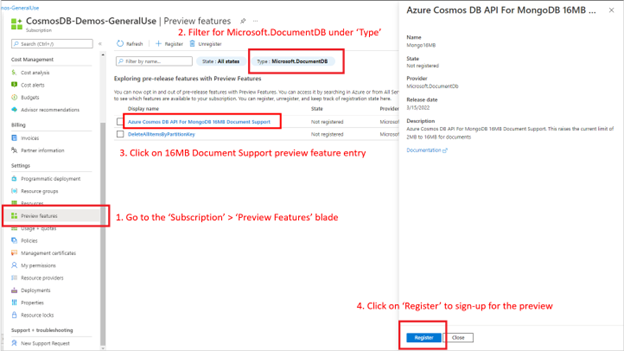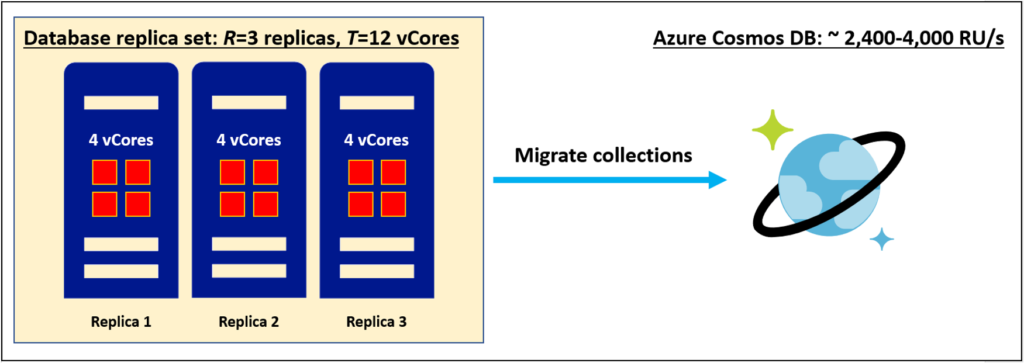


Azure Cosmos DB at Microsoft Build 2022 Review – Episode 45

Larger document sizes and $expr support in Azure Cosmos DB API for MongoDB

Azure Cosmos DB API for MongoDB v4.2 Is Here – Three Reasons to Upgrade Now

Build a Node.js app with Azure Cosmos DB’s API for MongoDB

Use Indexes for blazing-fast queries on your API for MongoDB Data

Planning Azure Cosmos DB capacity using vCores, vCPUs, and request rates

Azure Cosmos DB API for MongoDB in the cloud – now easier than ever

Announced at Build: new options to build and test apps at any scale


 Light
Light Dark
Dark